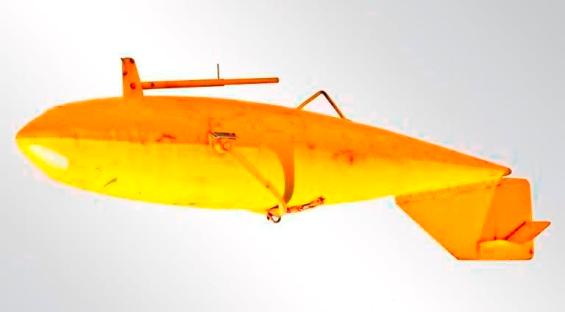Canada's Naval History
www.warmuseum.ca/navalhistoryCanadian War Museum

Second World War (1939-1945)
The Navy in European Waters - D-Day and the Normandy Landings
Over 100 Canadian warships and some 10,000 Canadian sailors supported D-Day, the 6 June 1944 landings in Normandy. Canadian ships and sailors helped protect the invasion fleet, cleared German minefields, and ferried Allied troops across the Channel.

Oropesa Minesweeping Float
Oropesa floats (sometimes called paravanes) were essential minesweeping equipment.
Minesweepers used Oropesa floats to support one end of a cable fitted with specialized devices, including cutters that severed the lines attaching underwater mines to the seabed. The cable, attached to a U-shaped towing bracket (bottom) could be more than a kilometre long. A flag attached to a small pole (top) indicated the float's position at the end of the cable and one edge of the area cleared of mines. When not in use, the large floats, over three metres long, were prominent objects on a minesweeper's deck.
Minesweeping Float
CWM 19660074-016